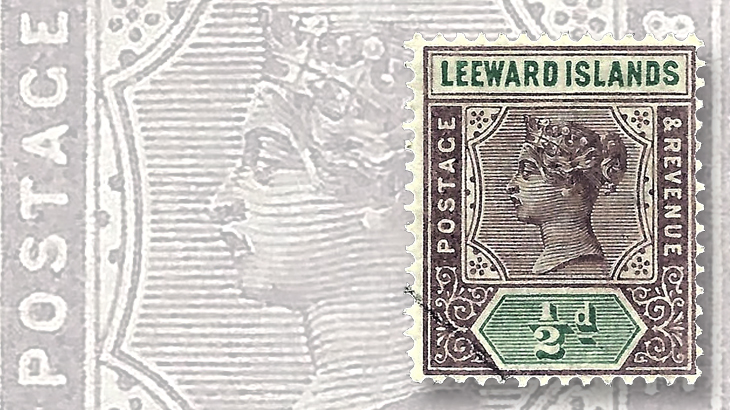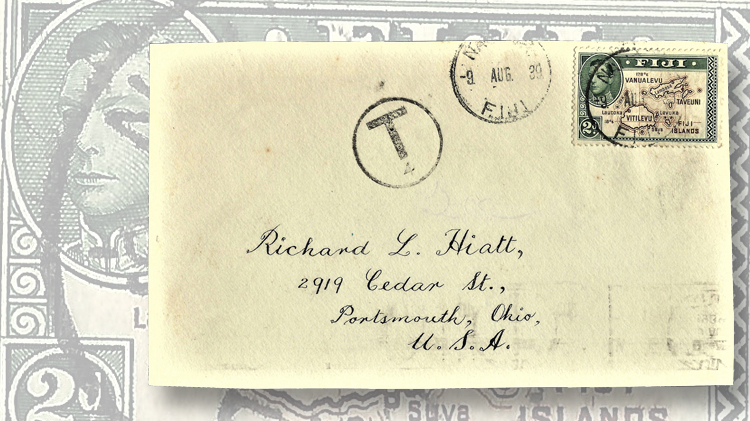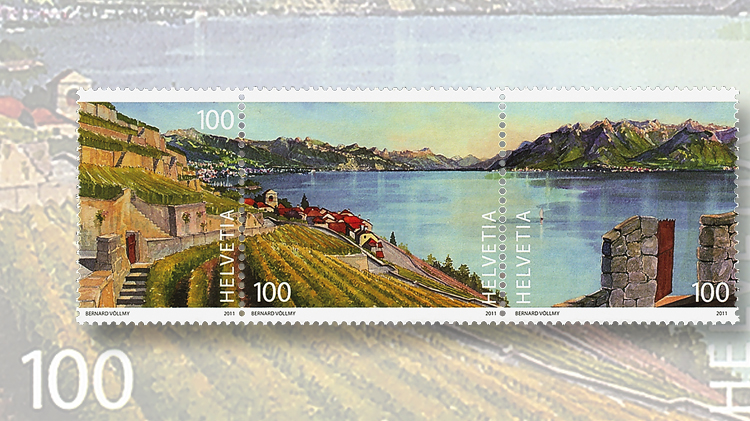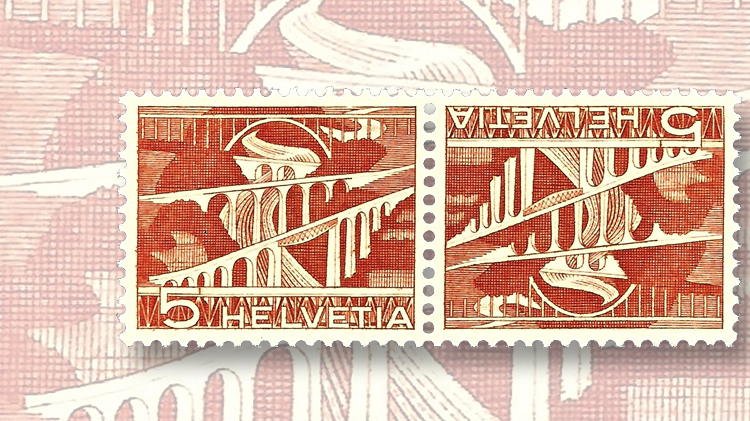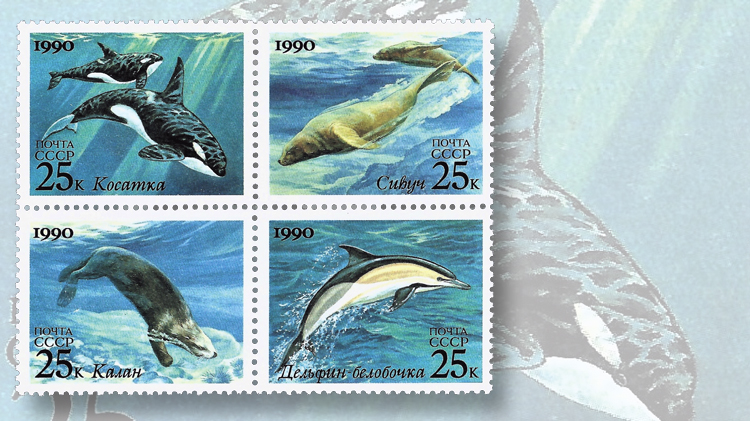World Stamps
Get on good terms with the language of stamp collecting
Stamp Collecting Basics — By Janet Klug
There are terms used in our hobby that sometimes baffle beginner, intermediate, and, on occasion, even advanced stamp collectors. It doesn’t hurt to have a review from time to time.
Connect with Linn’s Stamp News:
Sign up for our newsletter
Like us on Facebook
Follow us on Twitter
Let’s look at a few terms that seem to get the most questions.
Se-tenant is usually defined as a French word meaning “joined together,” though Merriam-Webster describes the literal translation as “holding one another.”
Se-tenant stamps are two or more unseparated stamps of different designs, colors, denominations, or types.
Tete-beche correctly translates from French into “head to tail” and refers to two or more stamps joined together with one stamp being inverted in relation to the other(s).
Triptych is a stamp term similar to se-tenant, but involving a se-tenant strip of three related stamps joined together to form one overall design.
“T” The letter “T” as a marking on a mailed cover (an envelope, postcard, or similar item) is an abbreviation for the French word “taxe.” A “T” handstamped on a cover means that not enough postage has been affixed and there is postage due.
A keytype is a basic stamp design used for the stamp issues of two or more postal entities, usually differing in the country name and denomination. Many of the earlier colonial issues of Great Britain, France, Spain, Germany, and Portugal are keytypes.
Often, a keytype stamp will include a designated area where the colony or country name is added to the basic design.
It is worth the effort to learn the language of stamp collecting. Being familiar with terms used in the hobby will help you in communicating with stamp dealers and with other collectors, when you go to a stamp show and look at the exhibits, and when you do research in periodicals and books regarding material in your collection.
There are many sources of information regarding hobby words. A useful glossary is found on the Linn’s Stamp News website.
MORE RELATED ARTICLES
Headlines
-
US Stamps
Oct 7, 2024, 3 PMMcMurtrie dismissed as APS education director following Sept. 21 arrest
-
US Stamps
Oct 7, 2024, 12 PMVasiliauskas named president of Mystic Stamp Co.
-
US Stamps
Oct 6, 2024, 5 PMApgar souvenir card available
-
US Stamps
Oct 6, 2024, 4 PMFirst Continental Congress and U.N. stamps receive Scott catalog numbers


